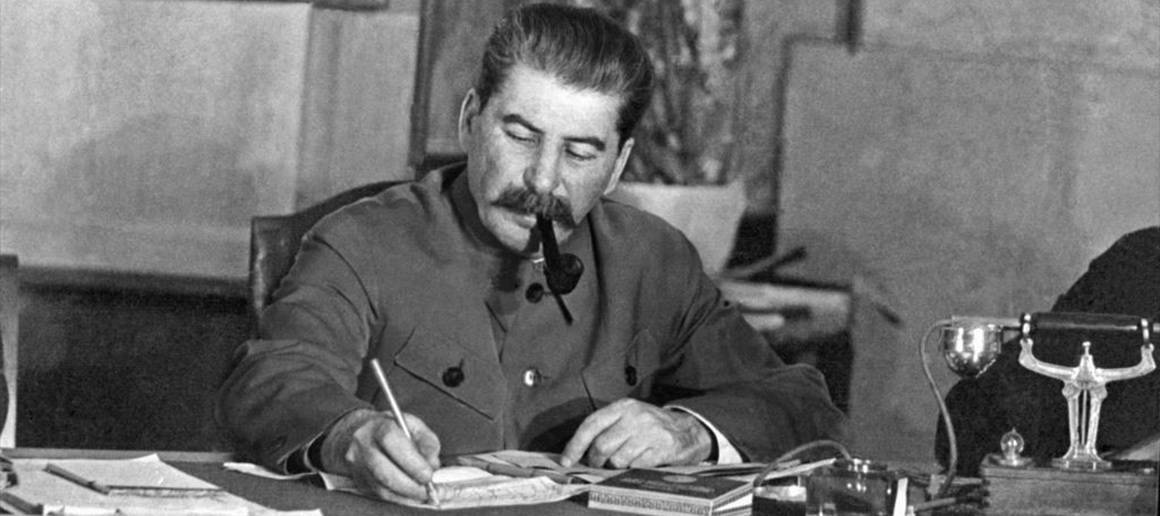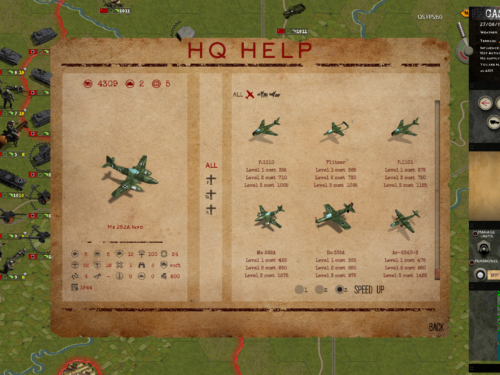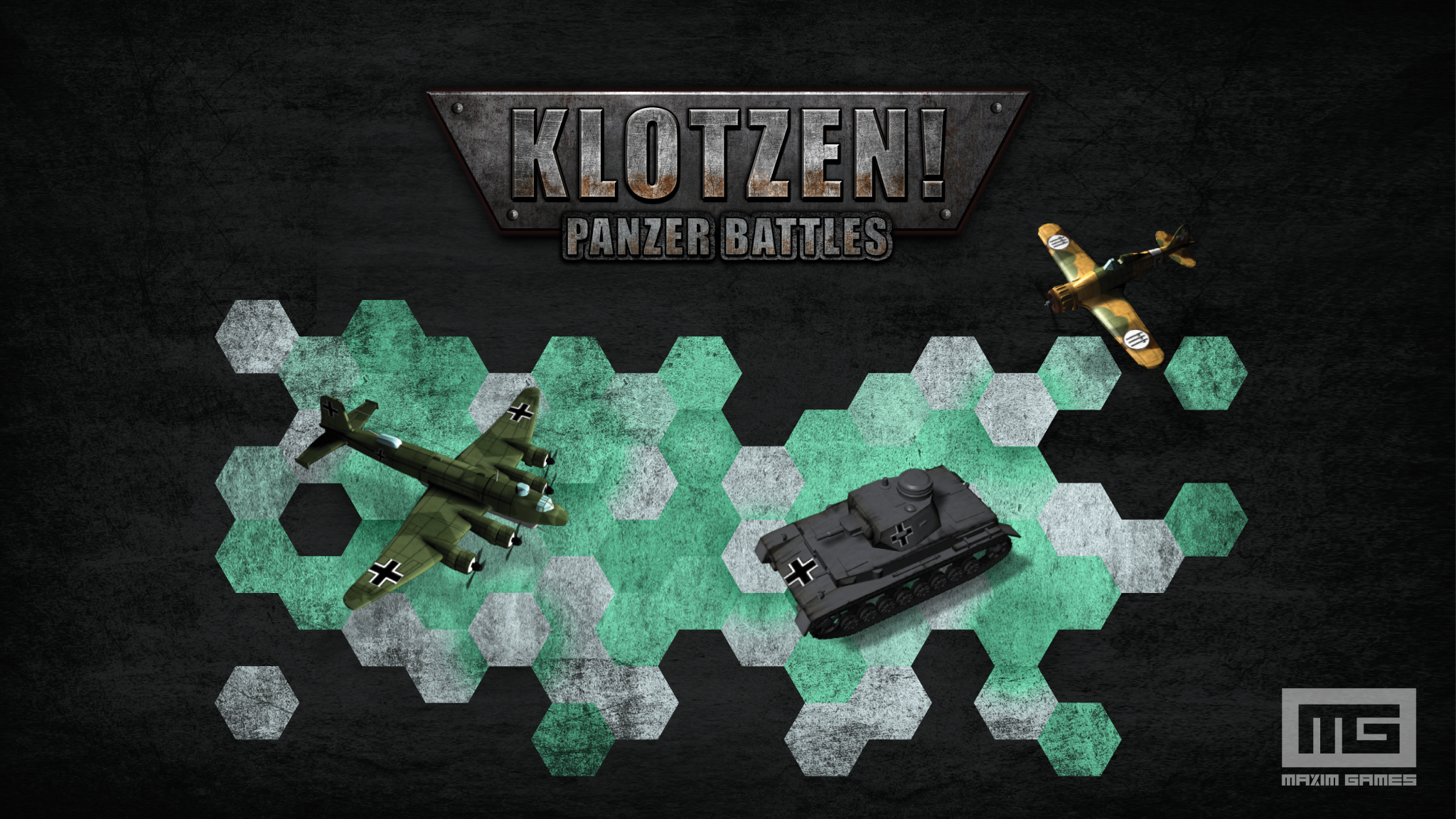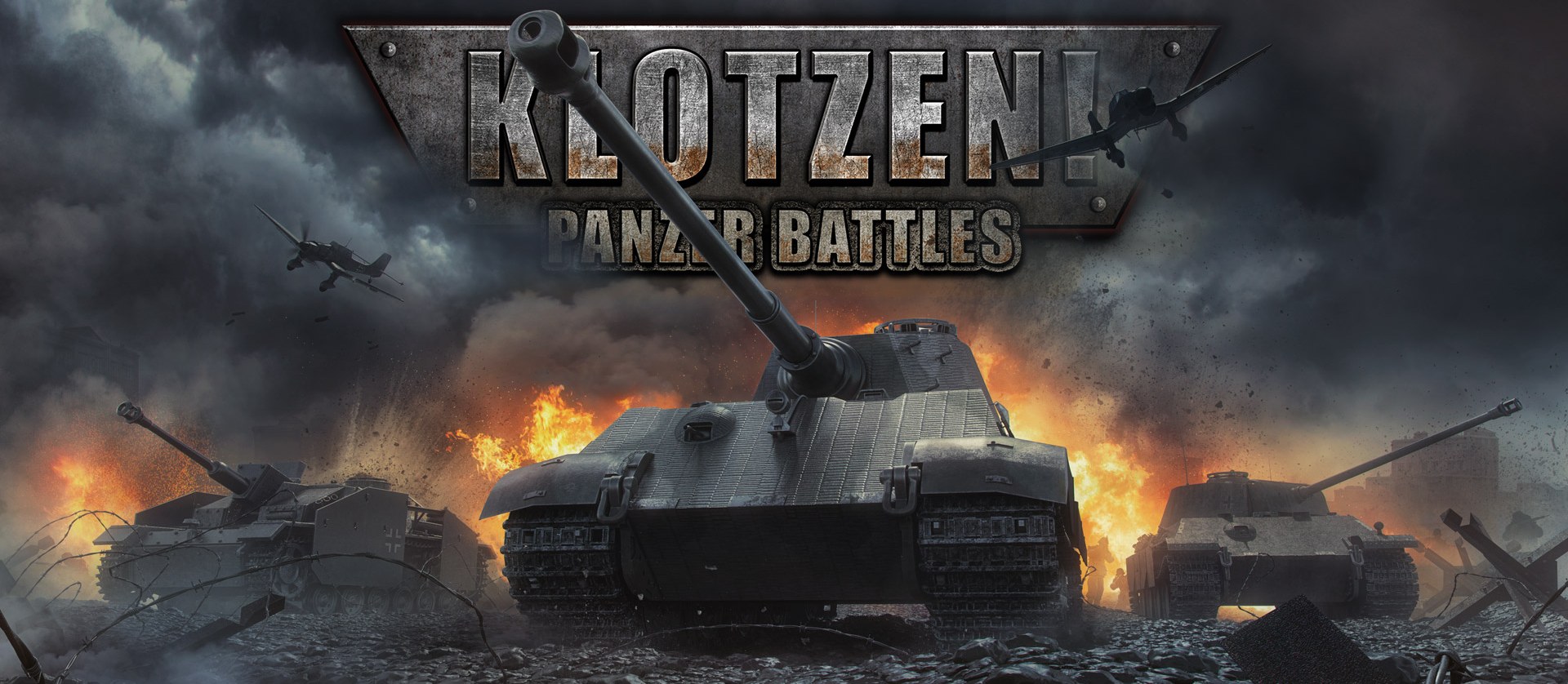This is our third History Blog. In the previous blog, we got to know Hitler and Germany – what shaped them as we know them before the start of the WWII, as well as how Blitzkrieg was formed and what is the main idea behind it. Today we will take a look at Joseph Stalin and the Soviet Union.
Joseph Stalin and the Soviet Union
Stalin was born in 1878 as Joseph Vissarionovich Dzhugashvili in the Georgian city of Gori. In his youth, he loved to write, and thanks to his involvement in the cultural world he encountered the Marxism ideology. Before the First World War, he joined the Bolshevik party where he took an interest in political writing. In 1912, he began to sign those documents with the name Stalin, which he was known by for the rest of his life. Stalin was a Russian centralist and a hard-core communist. He was opposed to private ownership, religion, and national symbols.
He was exiled to Siberia for agitation against the imperial power several times because of his Marxist writing. During World War I, he was not involved in the fighting because of his health problems. He used this period to establish himself as one of the leading figures in the Bolshevik Party. After the February Revolution in 1917, Stalin entered the Central Committee. In 1922, Lenin suffered from several strokes due to which he lost his ability to function. Battles for power between several strong personalities started in the Central Committee, and after several years of struggles and various intrigues, Stalin emerged as the winner.
Stalin gradually increased his power and in the thirties, he got even with his political rivals in the party which resulted in a leadership without opposition and a cult of personality. In the USSR, Stalin implemented brutal industrialization policies. The huge state resources were spent on the construction of industrial facilities at the expense of the quality of life. Millions of people died of hunger, especially in Ukraine, but still, Stalin created an industrial empire that became a match for the industry of Germany and the United States and was indispensable during the war. Stalin appeared on the world stage by sending help to the Republican forces in the Spanish Civil War, but he soon denied that aid because he was disappointed in the Western democracies. After that, he decided to play a more passive role and entered into an alliance with Hitler, which shocked the world. In 1940, the Winter War in Finland began and it showcased all the problems of the Red Army. Although the Soviet Union won, the losses were immense. Stalin decided to bring back a part of the Officer Cadre, mainly those who were previously retired or sent to a Gulag. This started the reform of the leadership of the Red Army without which the later resistance against Germany would not have been possible.
The war provided him with the opportunity to enter an alliance with Churchill and the country that the Marxist ideology considered to be the antithesis of communism (the USA).
Stalin rose to the occasion and the USSR benefited from the alliance. The coordination of these three countries in their war effort against Germany and other countries of the Axis was one of the main reasons for the successful victory of the Allies. However, it must be understood that a great amount of credit goes to the USSR in the fight against Germany, and their penetration to the heart of the German Reich brought the end of the war. Stalin survived the war. He died on March 5th, 1953 of a heart attack.
Industry and Army Development
Before the First World War, Imperial Russia was a respectable military and economic power, that is until 1917 when the February revolution and horrendous war losses devastated the Russian economy. The Bolshevik or rather communist rise to power caused a bloody civil war that destroyed the country and brought economic devastation. The Foreign policy situation also got worse, because the Soviet Union was politically isolated those first few years, as the West did not want to accept the Communist government in Russia.
In the 30s, the situation stabilized itself. With the rise of fascism in Europe, the Soviet Union became an important political factor once again and the economic situation was stable. However, the Soviet Union was still at a disadvantage compared to Germany, France or Great Britain because their industry and military weren’t as strong. In the thirties, the most important policy shift happened in the USSR economic policies. Stalin stabilized his power and saw the possibility of a new great war, so in accordance with that, he decided to store arms and strengthen the industry. The forced collectivization of land was finally completed after which many kulaks (rich farmers) ended up in Siberia. This affected Ukraine the most where hundreds of thousands of people died of hunger and poverty. However, this produced results and they were stunning. From 1933 to 1940, the GDP of the Soviet Union increased by almost 70 %.
The country was mostly industrialized and agricultural holdings were larger which enhanced the efficiency of production. The prices increased rapidly and the industrialization was paid in blood, but it prepared the economy of the Soviet Union for an extensive war with Germany without which their defeat would have been certain. The political situation in the USSR in the thirties crippled the Officer Cadre. The political conflicts that arose after Lenin`s death caused a paranoid atmosphere of fear and distrust. Stalin, who had already stabilized his position of power, was obsessed with threats to his position and many purges of influential people followed: politicians, intellectuals, public officials and the Officer Cadre.
The crippled Officer Cadre resulted in a military and political disaster in 1940 in the Soviet-Finnish Winter War. The leadership of the USSR expected a quick and decisive victory, similar to what Germany experienced in Poland. The USSR was a world power, while Finland was a small country with no developed industry. The war resulted in the victory of the Soviet Union but with a shameful price: they lost about 150 000 people and Finland only lost 25 000 people. The USSR lost over a thousand tanks and about a thousand aircraft against a country that had neither tanks nor planes. The weakness and bad leadership of the Red Army became evident, so the political leaders began to pull officers from labor camps, which somewhat stabilized the leadership of the army. However, the damage had been done and could not be undone in a short time. The lack of quality personnel officers was certainly one of the main reasons for the fiasco of the Red Army in the early months of the war against Germany.
This is it for our Blog today. Tell us what you think about the topic and if you have any suggestions or want to discuss them, you are more than welcome to do so in the comments below, on our forum, and on Steam Community Hub. Next time, we’ll take a look at Winston Churchill and the UK.




Recent Comments